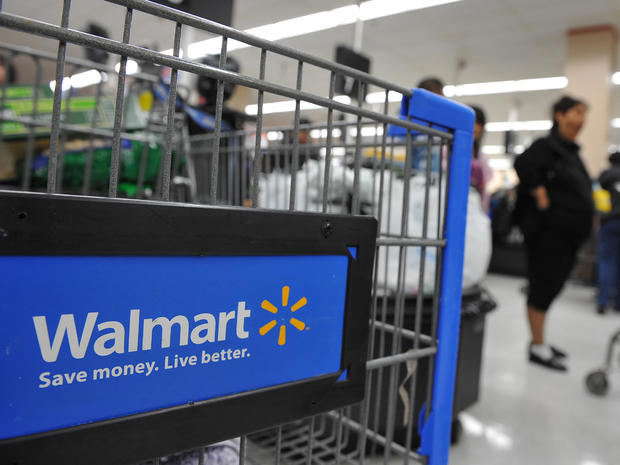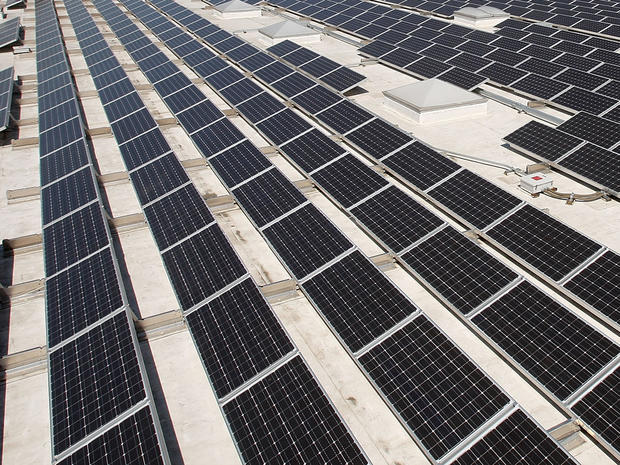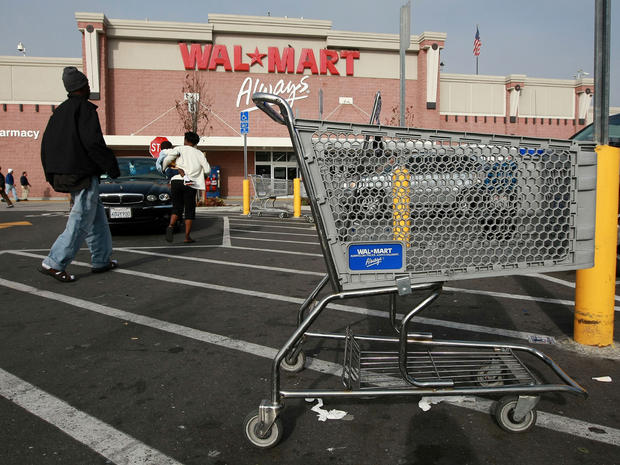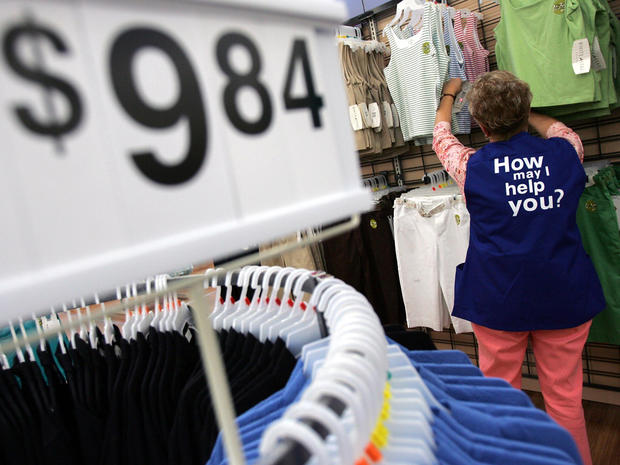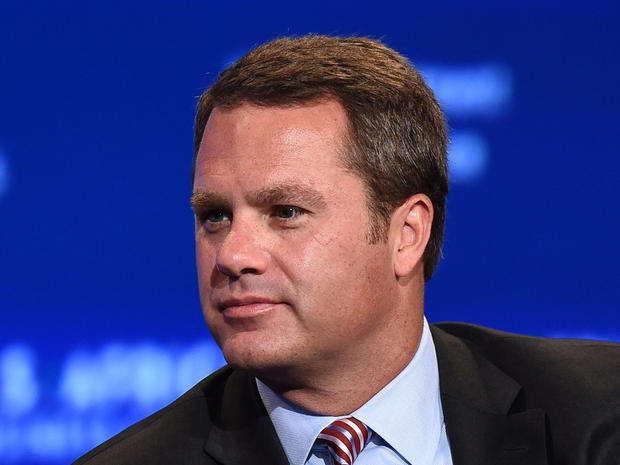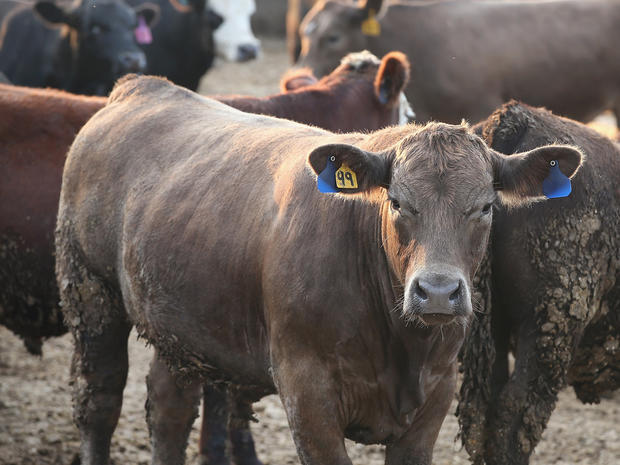11 things about Walmart that may surprise you
Walmart (WMT) is the nation's largest retailer, and managing it has been no easy task for new CEO Doug McMillon. Still in his first year as boss, he has faced everything from troubling sales in China to worker strikes to high-level executive departures.
Walmart is an incredibly complex company, with 140 million weekly shoppers and annual sales of $280 billion. For some U.S. consumers, Walmart is a favorite because it beats everyone else on price. But others avoid the chain completely in protest of its low worker pay and its ability to squeeze local stores.
Few other retailers have such a polarizing effect on the American shopper. Walmart has an impact far greater than anything Sam Walton could have imagined when he opened the first Walmart in 1962 in Rogers, Arkansas.
Although Walmart is nearly as ubiquitous as air in America, what you don't know about the company might surprise you.
The Walton family is the richest in the world
The descendants of founder Sam Walton are the wealthiest family in the world, Forbes reports. The family includes Walton's three children, the wife of his late son John, and two of his nieces. Together, they're worth $152 billion.
No other American family comes close. The No. 2 family, worth $89 billion, is led by the Koch brothers, who are known best as deep-pocketed donors to the Republican Party.
Walmart is a huge fan of solar
Walmart is the top solar customer in the country, having already installed 260 solar projects on store rooftops and other places. With 400 more projects planned over the next four years, the company shows no signs of slowing.
Walmart says it has already saved more than $5 million on its energy bill. Its rooftop solar projects can provide as much as 30 percent of the power used by that facility.
Its Scan & Go app was a bust
Scan & Go was supposed to help shoppers get through Walmart faster. Using a smartphone, customers could scan items they were adding to their shopping carts, bag the items right there and get through self-checkout at hyper-speed.
It was an interesting idea, but customers just couldn't figure out how to work the app in tests across 200 stores. Walmart had to cancel the project.
It’s testing same-day delivery
Walmart is taking a run at same-day delivery of groceries and produce in a few cities across the country. Customers have to order by 8 a.m., and they'll pay anywhere from $3 to $10 in delivery fees.
This is a hot area in retail, with such competitors as Amazon (AMZN) and Google (GOOG) expanding same-day delivery service in different metropolitan areas.
Sales were whacked by China’s austerity campaign
China has been cracking down on corruption at its major state-controlled companies, reducing executive salaries and perks in an austerity campaign under President Xi Jinping. State workers stopped spending so freely on goods, and Walmart sold fewer gift cards, moon cakes and other items that were once popular presents in China's notorious gifts-for-favors trade.
Walmart has about 400 stores in China, and its same-store sales there fell 1.6 percent in the summer quarter last year.
It’s thrilled about cheap gas prices
Low prices at the pump have become an unexpected blessing for Walmart, whose customers now have more money to spend. Walmart saw its first quarterly sales increase since 2012 this fall. Granted, the move was minimal, with a 0.5 percent rise in U.S. same-store sales, but it was better than the flat growth executives were expecting.
The boost in customer spending will likely continue this year. Price-tracking service GasBuddy.com expects 2015 gas prices to average $2.64 a gallon -- well below the $3.34 average in 2014.
It offers checking accounts
Walmart has long offered prepaid cards and money transfers. Now, it's expanding into low-cost checking accounts through a partnership with Green Dot Bank (GDOT).
Account holders get a MasterCard debit card and don't have to pay overdraft charges or monthly fees. They just need to keep at least $500 in their accounts through direct deposit. Customers can buy a checking account starter kit for $2.95 at participating Walmart locations.
It’s cutting back on worker health care
Walmart used to offer health care plans to all part-time workers, but has pulled back those benefits over the years. Now, part-time employees must work 30 to 34 hours a week can get health care, The Wall Street Journal reports.
All of Walmart's 1.4 million employees will pay higher premiums this year. The company says its health care costs have risen by $500 million more per year than it had expected.
It pays its CEO very well
C. Douglas McMillon took over as chief executive last February -- and took home $25.6 million in compensation in his first year. About $23 million of that was in the form of stock awards. McMillon's predecessor, Mike Duke, retired a year ago with $140.1 million in deferred compensation.
The huge CEO salaries stand in stark contrast to the pay earned by rank-and-file Walmart employees. The company pays full-time workers an average of $12.92 an hour.
It has a meat czar
Walmart plans a big push into produce and meat in 2015, and it has created two new positions in its senior ranks to specifically focus in those areas. One executive, Scott Neal, will be in charge of a "long-term sourcing strategy for meat," Bloomberg reports.
A second new position is devoted to produce and other fresh items. Walmart is trying to improve the quality of its produce and aims to attract more fans of organic groceries.
It knows people don’t want to walk through its huge stores
Walmart is hoping to revive sales by moving away from the superstore model that proved so profitable in the past. Now, it's focusing on its so-called Neighborhood Markets, which average about 40,000 square feet and sell produce, groceries and diapers in a more intimate format.
By comparison, some of Walmart's largest supercenters measured more than 200,000 square feet. "We just found out how big was too big, you know, and some customers don't want to walk all that far," CEO McMillon said in an interview.
